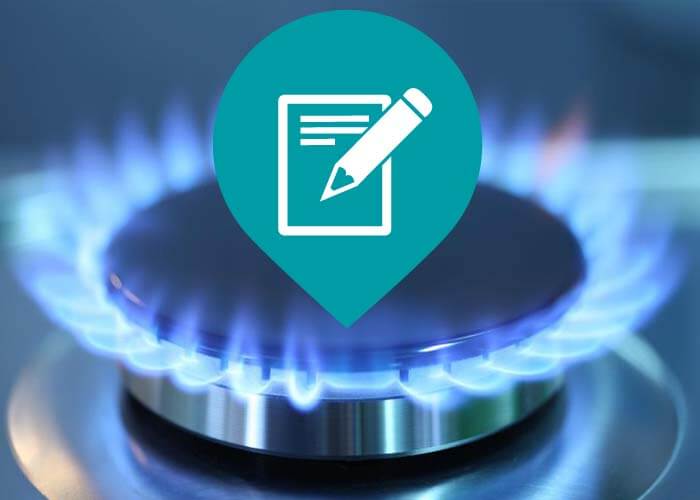
How Does the Natural Gas Delivery System Job?
Just how Does the Natural Gas Shipment System Job?
Gas flowing from higher to decrease pressure is the essential concept of the gas distribution system. The amount of stress in a pipe is measured in pounds per square inch.
From the well, the natural gas enters into "event" lines, which resemble branches on a tree, getting larger as they get closer to the central collection factor.
Event Solutions
A gathering system may need one or more area compressors to relocate the gas to the pipe or the processing plant. A compressor is a device driven by an interior combustion engine or generator that produces pressure to "press" the gas through the lines. Most compressors in the gas distribution system use a percentage of natural gas from their very own lines as gas.
Some natural gas gathering systems include a processing facility, which executes such functions as eliminating contaminations like water, carbon dioxide or sulfur that might rust a pipe, or inert gases, such as helium, that would certainly reduce the energy value of the gas. Processing plants also can remove small quantities of lp as well as butane. These gases are utilized for chemical feedstocks as well as other applications.
The Transmission System
From the event system, the natural gas relocations into the transmission system, which is generally made up of concerning 272,000 miles of high-strength steel piper.
These big transmission lines for natural gas can be contrasted to the nation's interstate highway system for cars and trucks. They relocate large quantities of natural gas hundreds of miles from the producing regions to neighborhood distribution firms (LDCs). The pressure of gas in each area of line commonly varies from 200 pounds to 1,500 extra pounds per square inch, depending on the kind of location in which the pipe is operating. As a safety measure, pipes are designed and also created to handle a lot more pressure than is ever really reached in the system. As an example, pipes in even more booming locations operate at less than one-half of their design pressure degree.
Several significant interstate pipes are "looped"-- there are 2 or even more lines running parallel to each other in the same right of way. This provides maximum capacity throughout periods of peak need.
Compressor Stations
Compressor stations lie around every 50 to 60 miles along each pipeline to enhance the pressure that is shed through the friction of the gas relocating through the steel pipeline. Many compressor stations are completely automated, so the devices can be started or stopped from a pipe's main control room. The control room can likewise from another location run shut-off shutoffs along the transmission system. The drivers of the system keep comprehensive operating data on each compressor station, as well as continually readjust the mix of engines that are going to optimize efficiency and also safety and security.
Gas steps with the transmission system at up to 30 miles per hr, Browse this site so it takes a number of days for gas from Texas to come to an utility invoice factor in the Northeast. Along the way, there are lots of interconnections with various other pipes as well as various other energy systems, which uses system operators a good deal of adaptability in moving gas.
Linepack
A 50-mile section of 42-inch transmission line operating at around 1,000 extra pounds of stress includes about 200 million cubic feet of gas-- adequate to power a kitchen range for greater than 2,000 years. The quantity of gas in the pipeline is called the "linepack.".
By elevating as well as reducing the pressure on any type of pipeline segment, a pipeline company can utilize the segment to store gas during periods when there is much less demand at the end of the pipeline. Utilizing linepack by doing this allows pipe operators to deal with per hour changes popular very successfully.
Natural gas pipes as well as utilities utilize extremely innovative computer designs of consumer demand for gas, which connect everyday and also per hour consumption patterns with seasonal as well as ecological factors. That's why customers can rely on the reliability of natural gas-- when it's needed, it's there.
Entrance Stations.
When the natural gas in a transmission pipe gets to a regional gas utility, it usually travels through a "gateway terminal." Utilities frequently have gate terminals getting gas at various places and from several various pipes. Gateway stations offer three objectives. First, they reduce the stress in the line from transmission degrees (200 to 1,500 extra pounds) to distribution degrees, which vary from 1/4 pound to 200 extra pounds. After that an odorant, the distinctive sour fragrance associated with gas, is included, so that customers can scent also small quantities of gas. Finally, the gate station determines the circulation price of the gas to figure out the quantity being gotten by the utility.